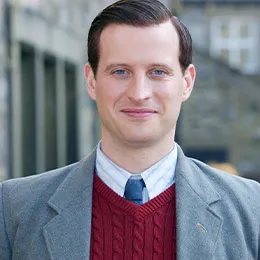

James Herriot (Alf Wight)’s Real World War II Experience
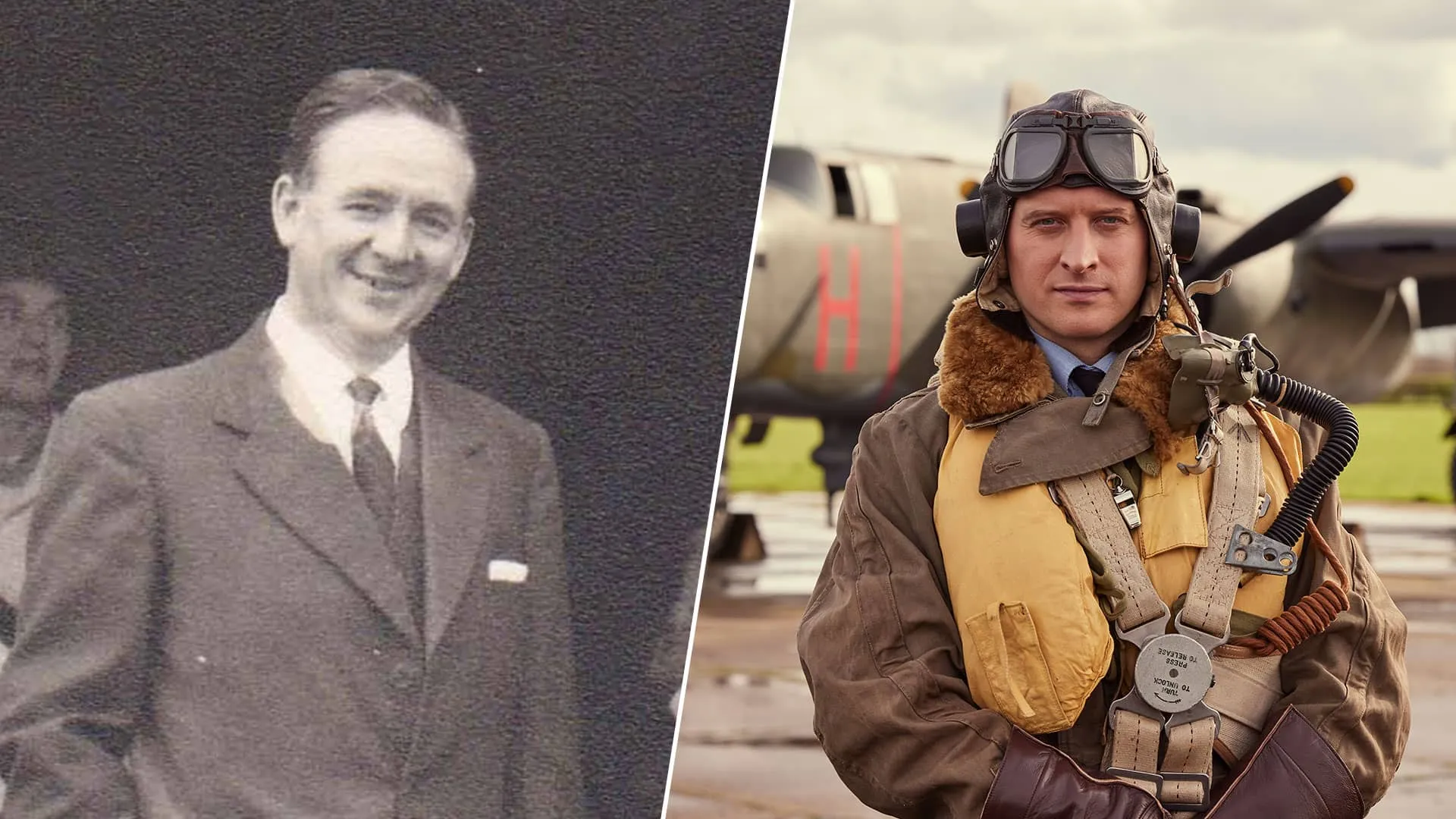
What was the World War II experience of James Alfred (“Alf”) Wight, author and the real James Herriot? MASTERPIECE got the fascinating facts and sometimes surprising timeline from All Creatures Great and Small’s historical advisor, Dr. Mark Roodhouse of the History Department at the University of York. Find out where Wight actually went after graduating vet school, what really grounded the promising young RAF pilot, and much more about wartime living and vetting in Yorkshire.
Alf Wight Didn’t Go from Veterinary School to Yorkshire
Alf Wight graduated as a vet in December, 1939, when the “phony war”—a period during which Britain and France took no major military action after declaring war against Germany, other than a few battles at sea— was already underway. It may surprise All Creatures Great and Small readers and viewers to learn not just that he didn't join up until later in the war, but that he didn’t become a rural vet right away.Unlike in the show and books, Wight didn’t go to a rural veterinary practice after graduation—he went back to his hometown, Sunderland, an industrial town on the coast of the North Sea. Roodhouse explained, “He was brought up in Glasgow, so he had a Scottish accent, but he was born in Sunderland, and his first vet practice was actually there. But it didn’t grow on him, really, and I can imagine it's probably because there was not a lot of vetting to do in a town, not very interesting cases. And he was coming from Glasgow, one of the biggest cities in the UK, so it's not as exciting, nor was it as interesting, from a veterinary perspective, as being in the countryside.”
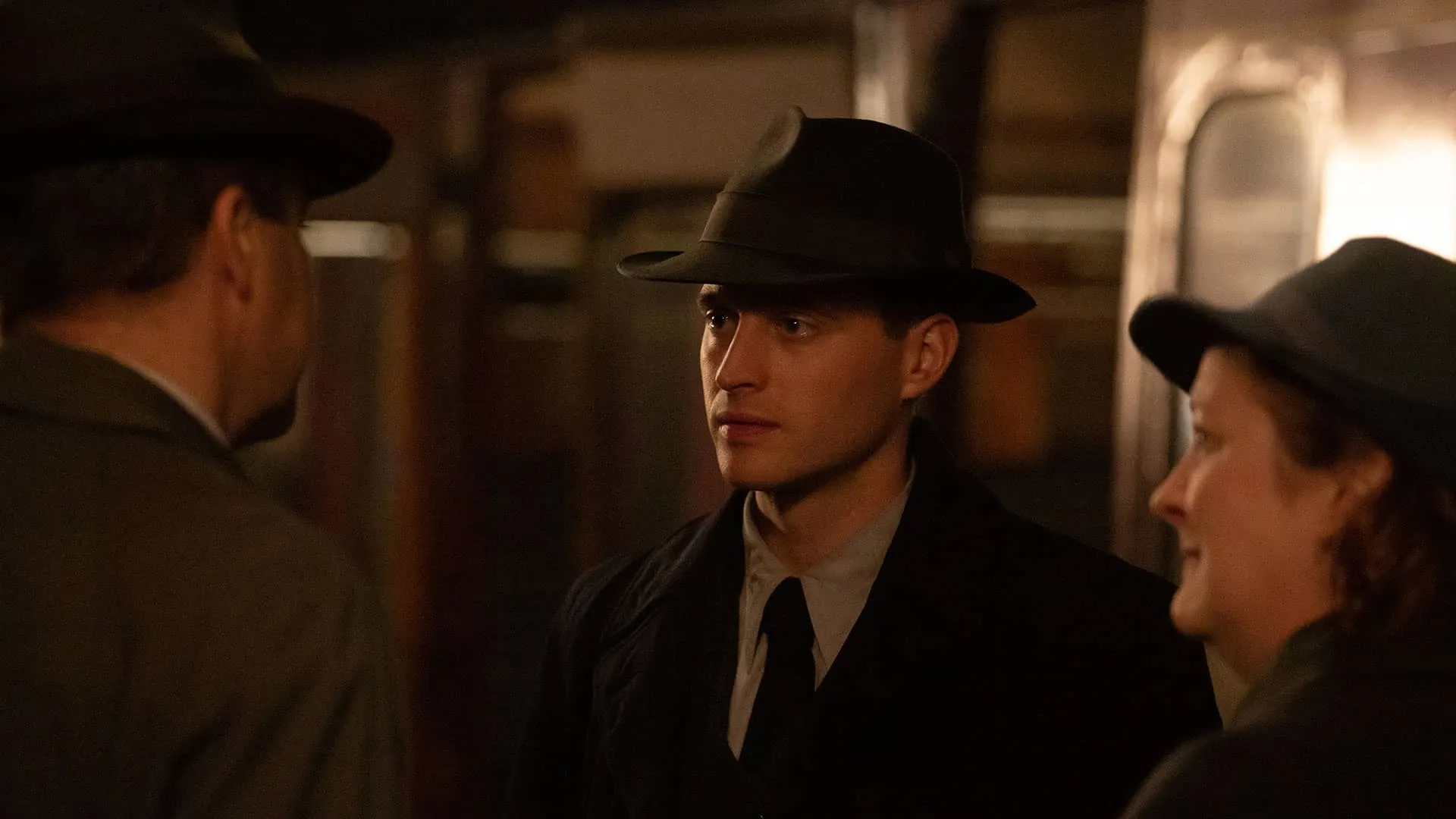
Nicholas Ralph as James Herriot, departing Glasgow for his first veterinary job in All Creatures Great and Small Alf Wight Becomes a Rural Vet
Wight left Sunderland during the Battle of Britain, and in July 1940, he took up an offer to manage a practice in Thirsk where Donald Sinclair, the inspiration for Siegfried Farnon, was about to go into the RAF and needed someone to run his practice for him. Wight moved in to live above the veterinary practice at 23 Kirkgate in Thirsk. Sinclair was discharged from the RAF after four months. “I'm not entirely sure why,” said Roodhouse, “but when he returned, he didn't chuck Alf Wight out on his ear. He said, ‘Well actually, why don't you become a partner?’ And Wight became a partner in the business.”
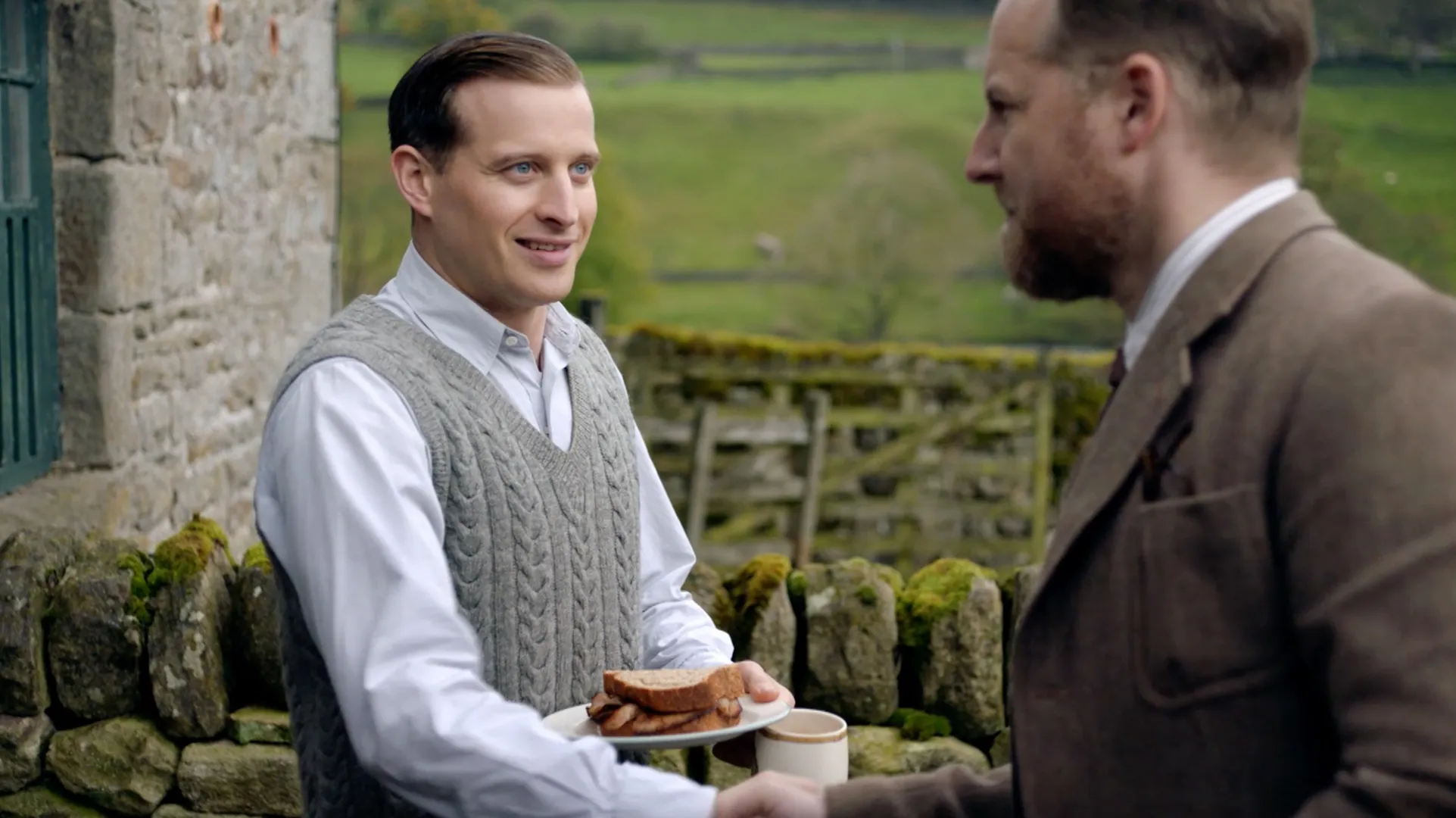
Nicholas Ralph as James Herriot and Samuel West as Siegfried Farnon, the character inspired by Alf Wight's real-life veterinary partner, Donald Sinclair Alf Wight Drives from the Dales to the Moors and Everywhere In Between
With the war requiring increased agricultural production in Britain, there was no shortage of veterinary work required of Sinclair and Wight, from looking after livestock to the horses that worked on the farms. Thirsk was not the bucolic setting portrayed by the fictional Darrowby (filmed in Grassington)—it was a small, typical English market town, not a village.Thirsk actually lies not in the Dales but in an area called the Vale of York—a large flat area between two national parks, the North York Moors and the Yorkshire Dales. Sinclair and Wight’s veterinary practice straddled both areas, from the edge of the Dales to the edge of the Moors and in between on the Vale, with most of the livestock located in the more hilly areas. Covering such a huge area required a lot of driving…and a lot of fuel. Roodhouse explained, “They were lucky because there was petrol rationing, and it was quite a privileged to be a civilian in 1941 driving around the Yorkshire Dales, because as vets, they got extra petrol rations. So they got to see a lot of Yorkshire.” Roodhouse explained that in his books, Wight deliberately obscured the geography in order to have privacy for himself and his clients.

Alf Wight Goes from Marriage to the RAF
With a partnership in the veterinary practice under his belt, in 1941 at age 25, Wight married the woman he’d met and fallen in love with in Thirsk, Joan Danbury. Joan came to live with him in the flat above the vet’s surgery and they settled into married life. In November, 1942, Wight enlisted with the RAF, a decision Roodhouse described as, “not a sensible choice—it’s a brave choice,” as in November of 1942, bombers had a very low survival rate.In the RAF, Wight went through basic training, then learned the basics of radios, navigation, airplane recognition—everything that everyone in a plane would need to know. At that point, Wight was selected to begin his initial pilot training, where he was the first person in his group to fly solo—so he must, Roodhouse explained, have been clearly quite good at it. But the medical issue of an anal fistula arose and prevented him from being able to fly. “I don't know specifically why they would say that's something you need a medical discharge for—whether it was a concern that you might have a rupture because of the altitude, or whether you would just be uncomfortable sitting for prolonged periods of time,” Roodhouse said, “but they gave him a medical discharge.” He had surgery in July of 1943 and was discharge that November, then returned to Thirsk to practice alongside Sinclair and get to know his young son, James (or Jimmy), who was born early in 1943.
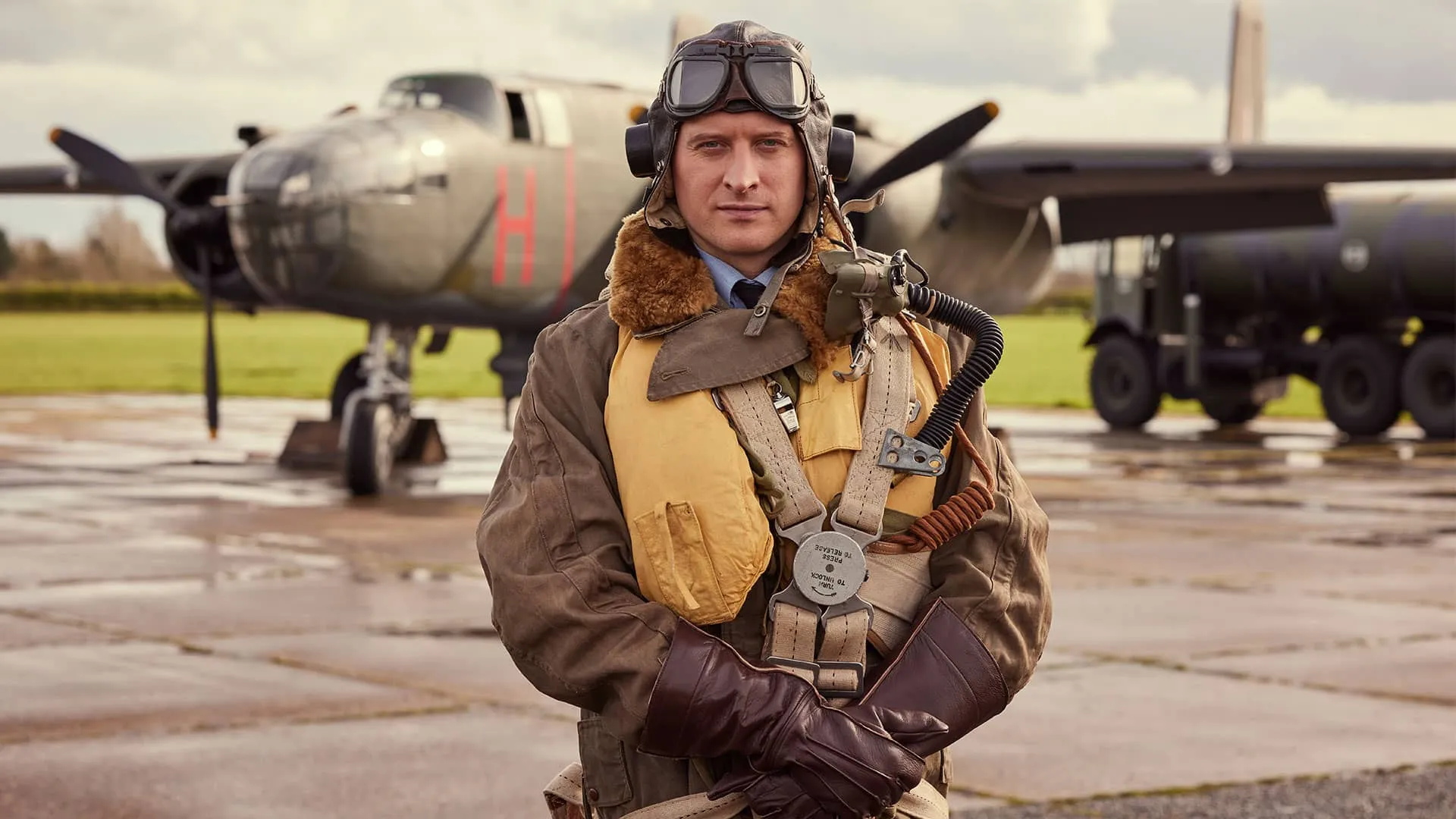
NIcholas Ralph as James Herriot in Season 5 of All Creatures Great and Small While Alf Wight Treated All Creatures Great and Small, the World Came to Thirsk
As Alf’s career as a pilot came to an end and he served the remainder of the war effort as a civilian vet, Thirsk, which was situated on a railway line, was nowhere near as quiet and remote as it had been. From 1942-1944, about a million Canadians, free Polish, free French forces, and a huge number of Americans coming in through Glasgow and Liverpool were all passing through the UK.What’s more, the area around Thirsk, with its flat land and racecourses, became a huge site for the military to build prisoner of war camps, military garrisons, and air bases for bombing Germany. “One of my favorite little facts,” Roodhouse enthused, “is that good old Clark Gable spent part of his war in Yorkshire too at a place called RAF Marston, which is just to the west of York…though I doubt he and Wight ever bumped into one another when they were out drinking!” So the world came to and passed through Thirsk for a time during the war, while Alf Wight practiced veterinary medicine in the vast and beautiful region from the end of 1943 until his retirement.
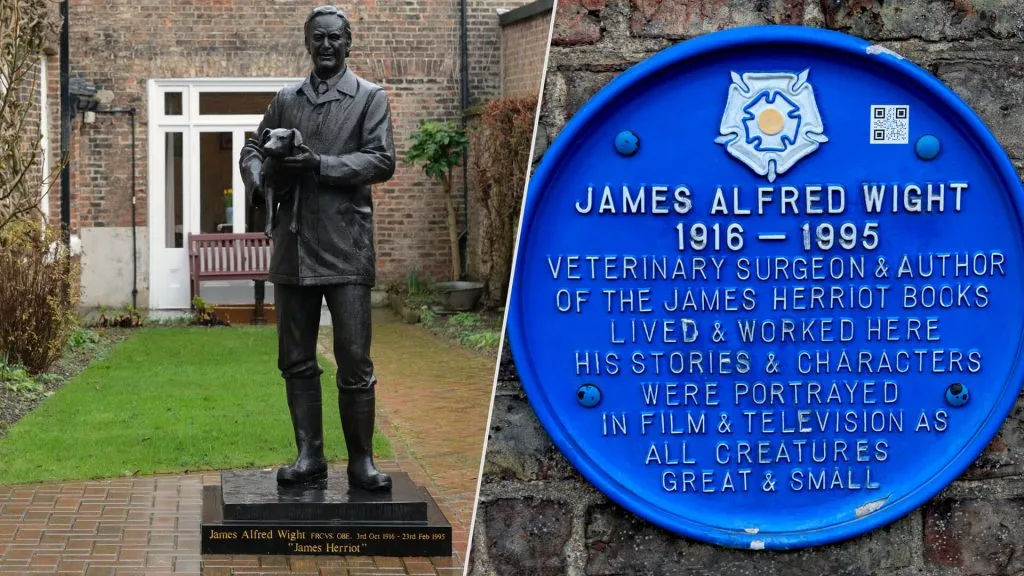
James Herriot’s real veterinary practice (‘Skeldale House’ in the books) was at 23 Kirkgate in Thirsk, North Yorkshire. It’s now a museum letting visitors travel back in time to when Herriot lived, worked, and wrote his stories.
Video: The Cast on the Home Front
Season 5 History: Victory Gardens in WWII
Season 5 History: Beasts of Burden in WWII
Season 5 History: Requisitioned Estates in WWII
Season 5 History: The ARP & Blackouts in WWII Rural England
Season 5 History: Who Were Land Girls & What Was the Women's Land Army?
The Surprising Real History in Season 4
8 Things to Know About the Real James Herriot
Insider's Guide to Filming in the Yorkshire Dales



